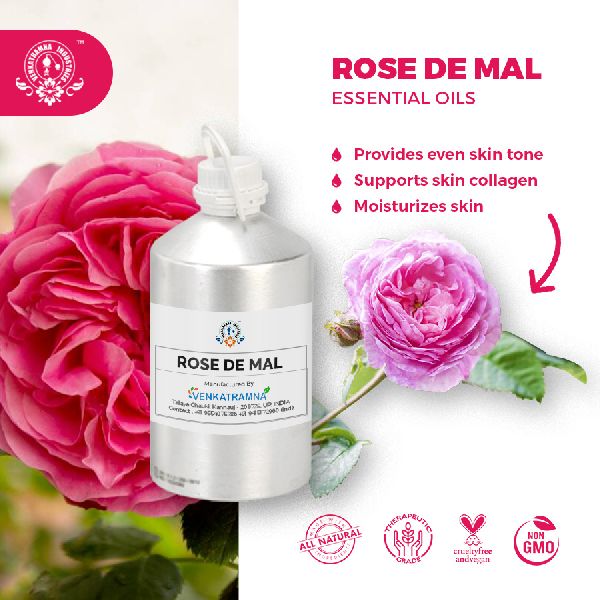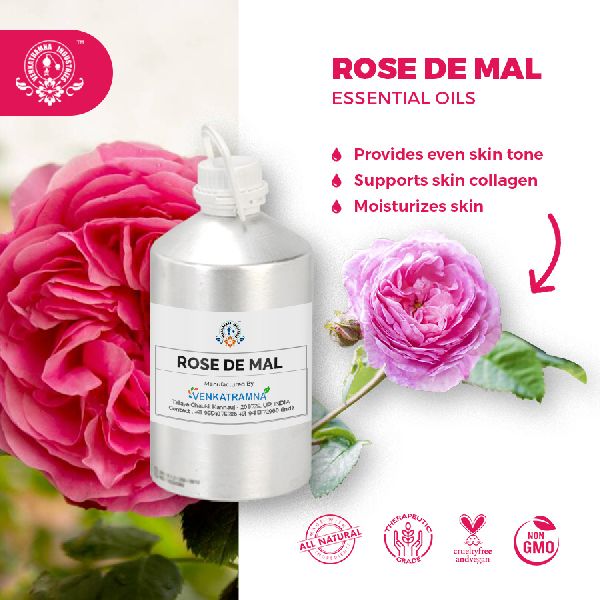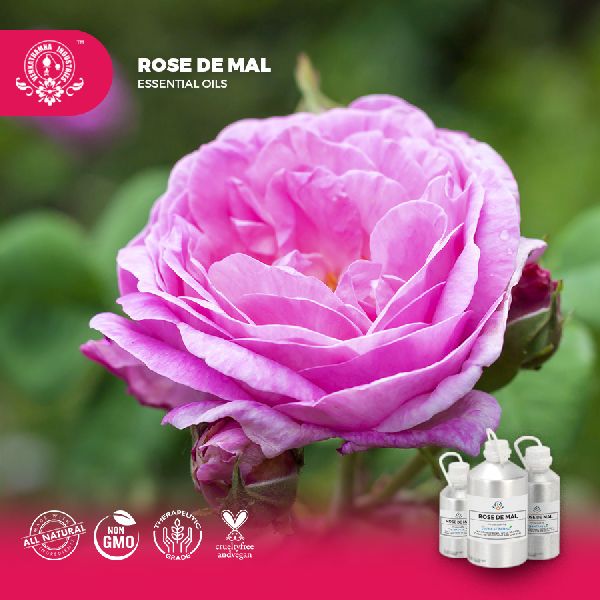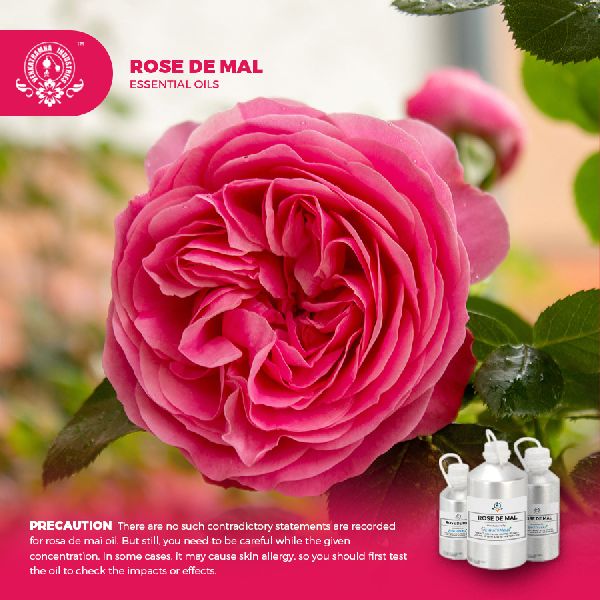Company Information
Ask for more detail from the seller
Contact SupplierOut of over 200 species of the rose bush and approximately 10,000 more hybrid species of rose, only about six species are used to produce rose oil and rose absolute, with the vast majority being produced from Rosa damascena and Rosa centifolia. Other species of rose used to produce rose otto and rose absolute in limited quantities are Rosa rugosa, Rosa alba, Rosa bourbonia and Rosa moschata. These particular rose species exhibit the traditional fragrance commonly associated with the rose plant, while other varieties may exude aromas of fruits, musks, or other flowers (Guenther, E. (1952) The Essential Oils. London: Macmillan). The rose’s familiar fragrance is due to a simple water-soluble alcohol, beta-phenylethanol, and three monoterpenic oil-soluble alcohols, geraniol, nerol, and citronellol. The acetate esters of these alcohols are also rose-scented but of a slightly different fragrance. The clove-scented eugenol and methyl eugenol contribute to the spiciness of the rose’s fragrance. The different concentrations of these chemicals determine the final fragrance, which varies for each species of rose
Rosa centifolia Also known as the cabbage rose or the Rose de Mai, Rosa centifolia possesses a rich, sweet, rosy and tenacious fragrance and is mainly grown in Egypt and Morocco, as well as in the Grasse region of France and in China. This species of rose is frequently used to produce Rose de Mai absolute and is thought to possess a greener, spicier fragrance than the Rosa damascena. The essential oil of Rosa centifolia was is more challenging to distill than the oil of Rosa damascena, most likely because of the increased delicacy of this species’ many-petaled blooms and it is rarely produced.
| Botanical Name: | Rosa centifolia |
|---|---|
| Common name: | Cabbage rose, Rose, Gulab |
| Plant family: | Rosaceae |
| Genus: | Rosa |
| Appearance/Color: | Dark orange or light to medium yellowish-green, transparent, slightly viscous liquid. |
| Odor: | The Rose de mal oil emits a deep sweet rosy fragrance when used. |
| Blends With: | Other florals, citruses, Benzoin, Clary Sage, Chamomile, Patchouli and Sandalwood. |
| Origin: | India |
| Source: | Flower |
| Method of Extraction: | Steam Distillation |
| Key Constituents | Strength (%) |
|---|---|
| 2-Phenylethanol | 64.8-73 |
| (-)-Citronellol | 8.8-12 |
| Alkanes & alkenes | 1.1-8.5 |
| Geraniol | 4.9-6.4 |
| Eugenol | 0.7-2.8 |
| (E,E)-Farnesol | 0.5-1.3 |
| Terpinen-4-ol | 0.1 |
| Methyl-eugenol | 0-0.8 |





